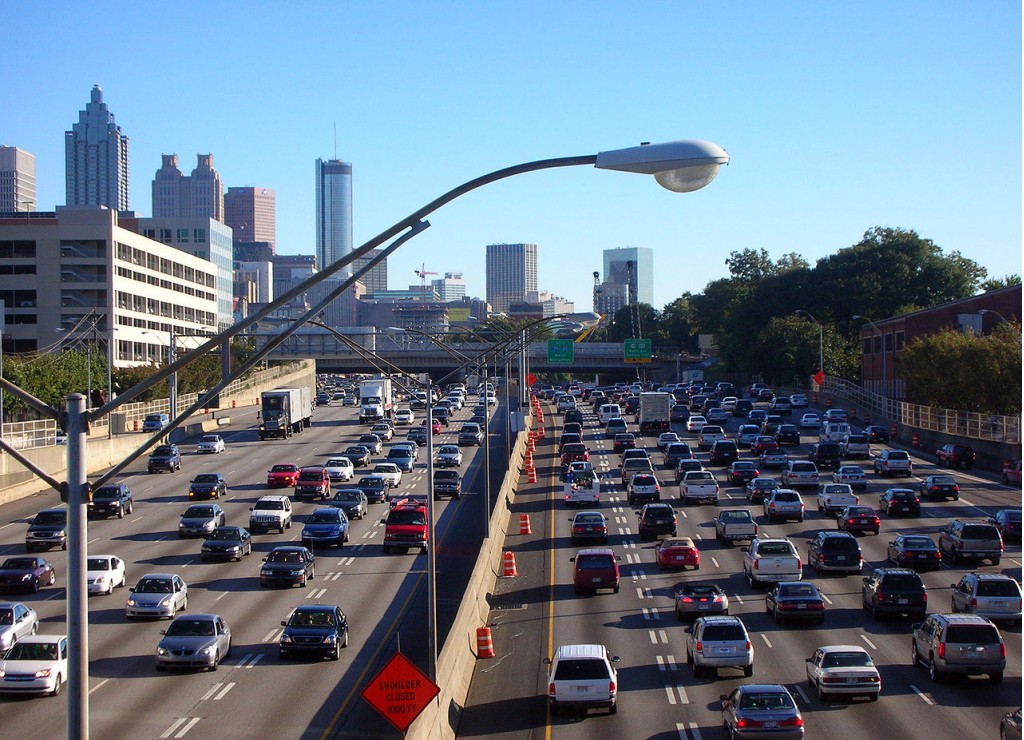People with the novel coronavirus and its disease, formally known as COVID-19, are more likely to die if they live in areas with high air pollution, according to a study from the Harvard T.H. Chan School of Public Health.
The study, updated Sunday to include the latest data, looked at 3,080 United States counties, comparing levels of PM2.5—fine particulate matter produced by burning fossil fuels—and coronavirus deaths in each area.
Researchers found that a small increase in long-term exposure to PM2.5 leads to a large increase in the COVID-19 death rate.
A person living in a county with high levels of PM2.5 in the air is 15% more likely to die from COVID-19 than a person living in a county with minimal levels of such pollution, according to the study.
Long-term exposure to fine particulate matter increases inflammation in the lungs, Dr. Francesca Dominici, senior author of the study, told the Union of Concerned Scientists (UCS). That means the lungs of people living in heavily-polluted areas may already be weakened before exposure to COVID-19.
"So basically, this is like adding gasoline to the fire," Dominici said.

Traffic in Atlanta, Georgia during rush hour (via Wikimedia)
Dominici noted that the the study constitutes a "first look" at the data, and that further investigation is needed to better understand the link between COVID-19 and air pollution. She said she would like to look at data on a more local level, expand beyond counting only deaths, and investigate the impact of other pollutants.
But the link between air pollution and higher coronavirus death rates is clear, according to Dominici. Areas with high levels of air pollution should get special attention, even if they haven't seen a high number of deaths yet, she said.
A separate study looking at northern Italy recently found that high levels of air pollution could have been a factor in the region's high COVID-19 mortality rate. In Europe, road transportation creates about 40% of PM2.5 emissions, according to the Institute for Transportation and Development Policy (ITDP).
Lower levels of vehicle traffic due to social-distancing measures have produced the best air quality in decades in many countries.
But in the U.S., the Environmental Protection Agency (EPA) has temporarily suspended enforcement of air quality rules during this lung-related pandemic.
Under the Trump Administration, the EPA has questioned the science of air pollution, and weakened the ability of the federal government to enforce emissions standards—a strategy that, perhaps now might be best explained during one of the White House's daily coronavirus briefings.
